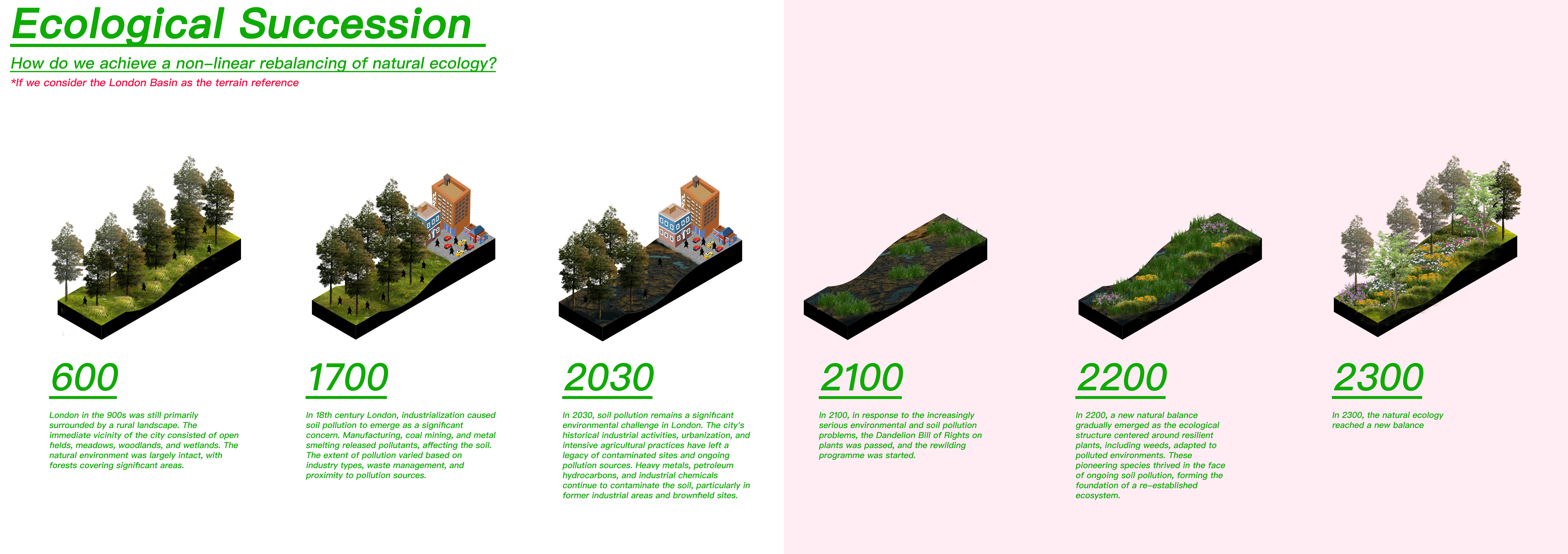Ziqun (Helena) Hua
Ziqun Hua focuses on the universal possibility and application of the combination of technology and design.
Ziqun Hua graduated from the University of Shanghai for Science and Technology majoring in mechanical design and automation (BA) in 2020.
Then, studying integrated industrial design (Msc) at Loughborough University led her to focus on the practice of AI-related smart technologies in inclusive design for minority groups. During her studies at the Royal College of Art, she further expanded the discussion of inclusive design in the context of the future post-Anthropocene, that is, whether it is possible for us to extend the approach of inclusive design to be about Design applications for other creatures in nature.
Helena_Huahua@163.com
︎Portfolio 2020
︎CV
Ziqun (Helena) Hua
Ziqun Hua focuses on the universal possibility and application of the combination of technology and design.
Ziqun Hua graduated from the University of Shanghai for Science and Technology majoring in mechanical design and automation (BA) in 2020.
Then, studying integrated industrial design (Msc) at Loughborough University led her to focus on the practice of AI-related smart technologies in inclusive design for minority groups. During her studies at the Royal College of Art, she further expanded the discussion of inclusive design in the context of the future post-Anthropocene, that is, whether it is possible for us to extend the approach of inclusive design to be about Design applications for other creatures in nature.
Helena_Huahua@163.com
︎Portfolio 2020
︎CV
“Dandelion”
2100
2023
If every seed had the freedom to fly and suitable growth.
Ziqunhua's "Dandelion" installation attempts to explore the possibility of inclusive design centered on plants. "When plants are the protagonists of the city, is it possible for us to apply technology to help different plant individuals achieve the same freedom of rights? Such as flying and find suitable habitat"
The installation is divided into two parts: a 3D-printed wind appendage that looks similar in principle to sycamore seeds,and a wind-powered automated assembly system (wilding infrastructure) that collects the seeds and attaches them to these wings.
The assembly system is adapted from complex industrial vibrating feed bowl machinery. In a futuristic scenario,biodegradable fabric catch nets collect possible organic matter.
Then the vibration is generated under the action of the wind and the screening and sorting of materials is thus completed.
Meanwhile another feed bowl sorts the 3d printed wind attachment.
The two meet at the port and complete the piggyback.
Finally, the hooper used to collect the assembled parts will complete the flight (seeding) in the appropriate wind direction and wind force to release the parts, and finally reach the most habitable habitat.︎Equipment instruction file
︎Flying Function video
︎Flying wind
